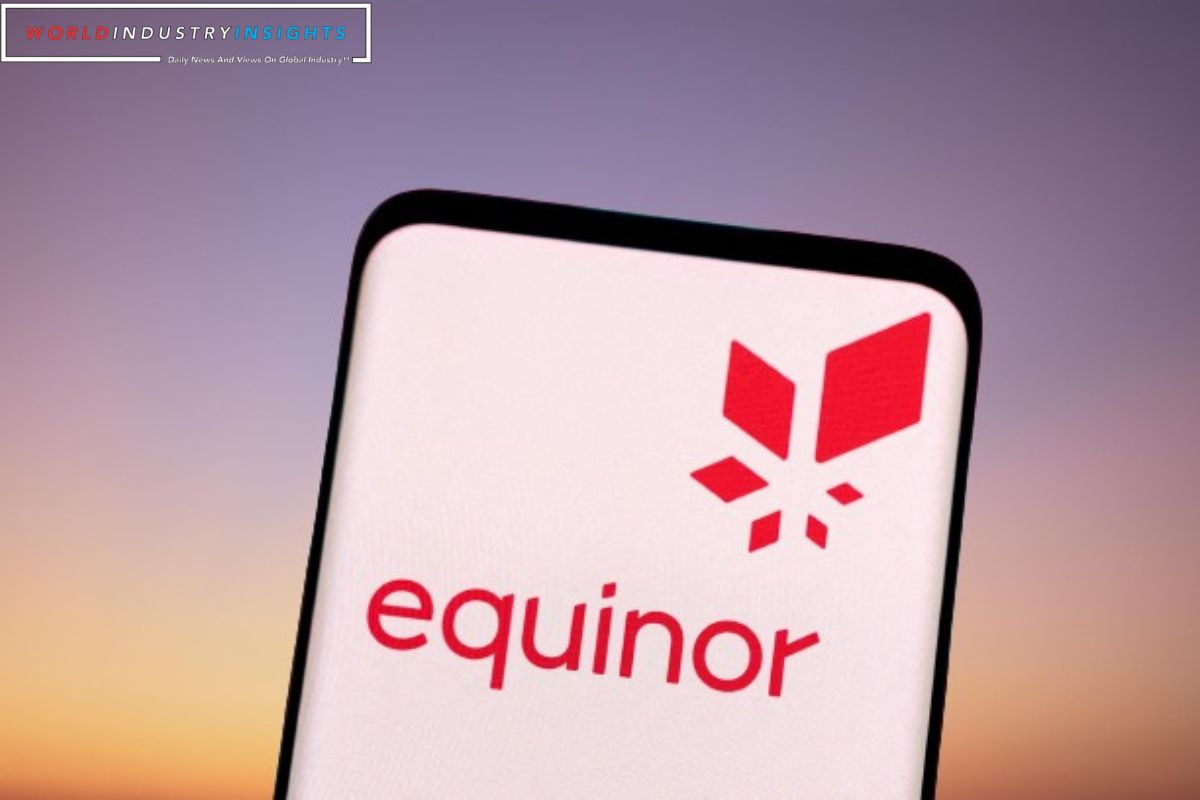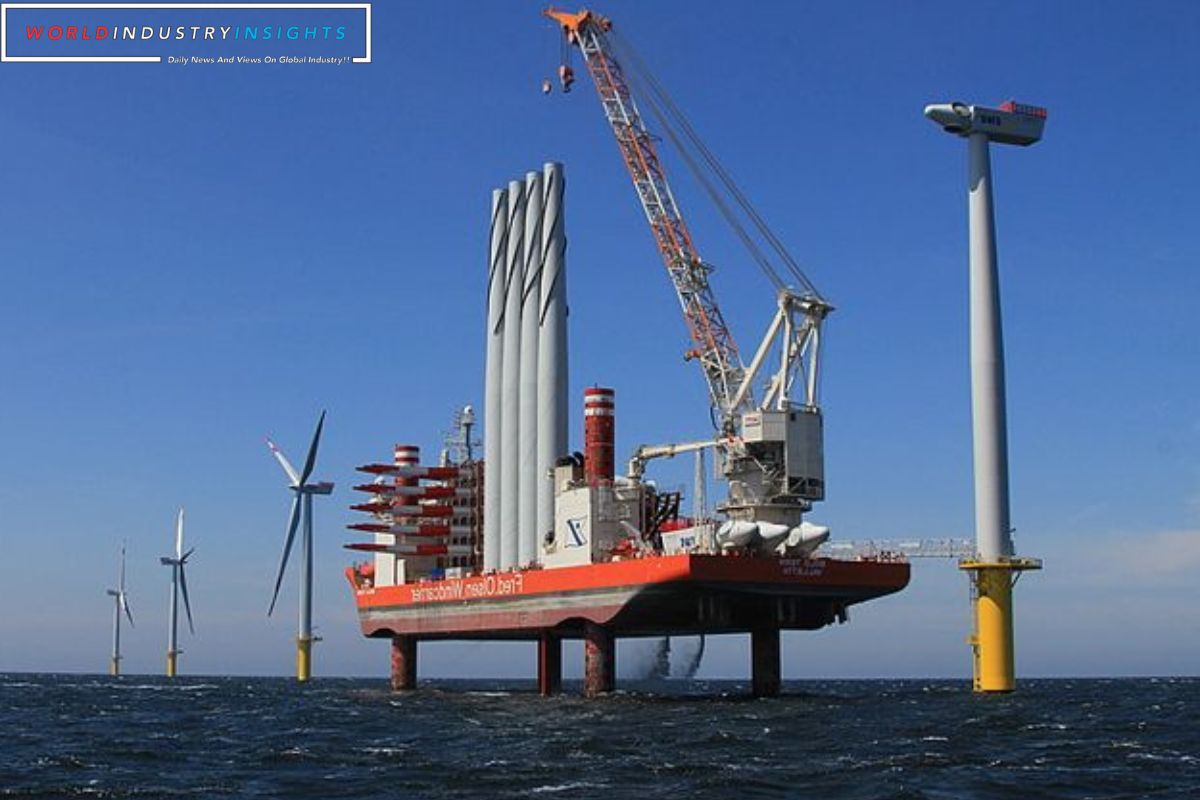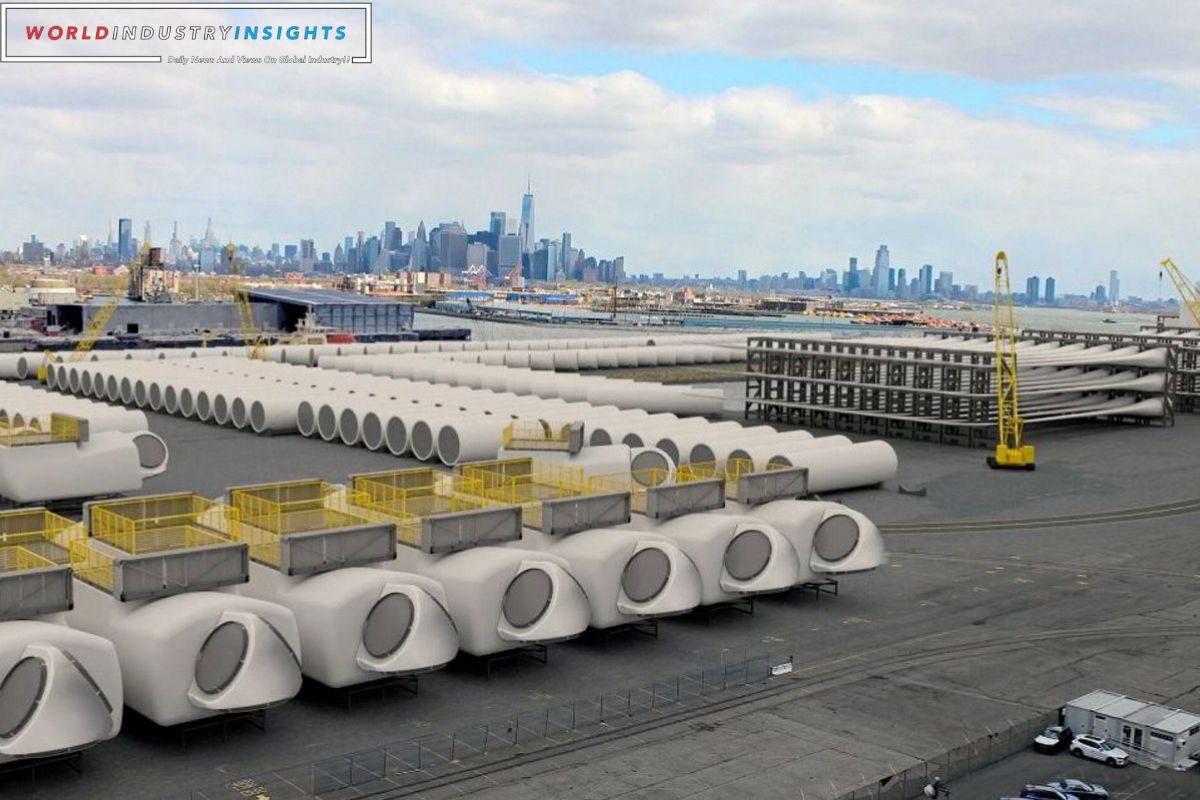Equinor and BP recent decision to terminate their offshore project deal with New York has raised concerns and left industry experts questioning the future of the Empire Wind projects. The termination of the Empire Wind 2 agreement comes at a crucial time when New York is pushing forward with its offshore wind solicitation, aiming to meet its ambitious renewable energy targets.
This development highlights the challenges faced by the offshore wind industry and raises questions about the strategies and responses needed to overcome them. Furthermore, the termination of this deal begs us to consider the role of offshore wind in achieving the United States’ climate goals and the potential setbacks that may arise in this journey.
Key Takeaways
- Equinor and BP have terminated their agreement to sell power from the Empire Wind 2 offshore wind farm to New York due to factors such as inflation, borrowing costs, and supply chain challenges.
- The termination reflects the challenges faced by the offshore wind sector, including increased project costs, financial burdens, and delays in project timelines.
- New York allows companies to exit existing contracts and re-present projects at revised, elevated prices, showing the state’s commitment to supporting the offshore wind industry.
- Despite the termination, Equinor remains optimistic about New York’s commitment to offshore wind endeavors and sees potential in continuing with the Empire Wind 2 project.
Termination of Empire Wind 2 Agreement: Equinor and BP’s Decision
Equinor and BP have made the joint decision to terminate their agreement to sell power from the proposed Empire Wind 2 offshore wind farm to New York, citing factors such as escalating inflation, increased borrowing costs, and challenges in the supply chain.
Also Read: European Energy Firms Face Offshore Wind Investment Setbacks
This decision reflects the changing economic landscape in the industry and highlights the challenges faced by renewable energy projects. Escalating inflation and increased borrowing costs have likely impacted the financial viability of the Empire Wind 2 project, making it challenging for Equinor and BP to fulfill their commitment to sell power to New York.
Additionally, supply chain challenges have further complicated the situation, potentially leading to delays and increased costs. It is evident that these factors have forced Equinor and BP to reevaluate their strategy and make the difficult decision to terminate the agreement.
New York’s Offshore Wind Solicitation and Industry Challenges
The termination of the agreement between Equinor and BP to sell power from the Empire Wind 2 offshore wind farm to New York reflects the challenges faced by the offshore wind sector, as highlighted by New York’s recent offshore wind solicitation. This move by New York allows companies to exit existing contracts and re-present projects at revised, elevated prices. It is a clear indication of the difficulties encountered by the offshore wind industry in recent times.
Developers have been canceling power sale contracts in various states due to factors such as inflation, interest rate hikes, and disruptions in the supply chain, which have significantly increased project costs. The table below provides a snapshot of the challenges faced by the industry, emphasizing the need for robust solutions to ensure the success and sustainability of offshore wind projects.
| Industry Challenges | Impact | Solution |
|---|---|---|
| Inflation | Increased project costs | Strengthen cost control measures |
| Interest rate hikes | Financial burden | Seek favorable financing options |
| Supply chain disruptions | Delays in project timelines | Diversify and strengthen supply chain partnerships |
Impact on Empire Wind Projects: Empire Wind 1 and Empire Wind 2
The termination of the agreement between two major energy companies has had a significant impact on the Empire Wind projects offshore.
Specifically, the termination affects the 816-MW Empire Wind 1 project, while the 1,260-MW Empire Wind 2 project is still in development.
This termination has raised questions about the future of the Empire Wind 2 project, as developers previously expressed reluctance to proceed under the existing contract.
Despite this setback, Equinor remains optimistic about New York’s commitment to offshore wind endeavors.
While details of Equinor’s bid strategy for Empire Wind 2 have not been disclosed, it is clear that the company sees potential in continuing with the project.
The termination of the agreement underscores the challenges faced by the offshore wind industry and the need for careful consideration of contractual arrangements.
Offshore Wind Industry Challenges in 2023 and Responses
The offshore wind industry in 2023 faced significant challenges, leading to the termination of contracts by major developers and prompting expedited actions by New York to address industry concerns. Developers such as Orsted, BP, and Equinor considered terminating contracts that had been awarded in previous years.
These challenges were influenced by various factors, including the Federal Reserve’s interest rate hikes in March 2022, which had a broader impact on the industry.
In response to these challenges, New York took proactive measures by expediting its solicitation process in October. This demonstrated the state’s commitment to supporting the offshore wind industry and ensuring its success amidst the difficulties faced.
These actions by New York reflect the importance of finding solutions and overcoming obstacles to ensure a sustainable and thriving offshore wind sector.
The Role of Offshore Wind in U.S. Climate Goals
Amidst the challenges faced by the offshore wind industry in 2023, the pivotal role of offshore wind in achieving U.S. climate goals becomes even more apparent. Here are four reasons why offshore wind is crucial for the country’s climate ambitions:
- Decarbonizing the power grid: Offshore wind has the potential to generate clean and renewable energy on a large scale, reducing reliance on fossil fuels and significantly lowering greenhouse gas emissions.
- Meeting renewable energy targets: Offshore wind projects contribute to the diversification of the energy mix, helping states and the nation as a whole to meet their renewable energy targets and transition to a more sustainable future.
- Job creation and economic growth: The offshore wind sector creates jobs and supports economic growth, providing opportunities for skilled workers and driving investment in local communities.
- Resilience and energy security: Offshore wind farms can enhance the resilience of the power grid, reducing vulnerability to extreme weather events and ensuring a more secure and reliable energy supply.
Considering these factors, it is crucial to overcome the challenges faced by the offshore wind industry and continue to invest in its development to accelerate progress towards U.S. climate goals.
Conclusion Of Equinor and BP
The termination of the Empire Wind 2 agreement between Equinor and BP is a setback for New York’s offshore wind industry. This decision highlights the challenges faced by the industry, including regulatory uncertainties and financial risks.
The termination will also impact the Empire Wind projects, potentially delaying their progress. However, despite these challenges, offshore wind continues to play a crucial role in achieving U.S. climate goals and should be supported through effective policies and investments.
Our Reader’s Queries
Does BP own Equinor?
BP joined forces with Equinor in 2020 by acquiring a 50% stake in its U.S. offshore wind projects for $1.1 billion. This move solidified BP’s commitment to green energy and sustainability.
What is the joint venture between Equinor and BP?
BP and Equinor’s joint venture is currently working on two projects at the Empire Wind lease site. These include the 816 MW Empire Wind 1 and the 1,260 MW Empire Wind 2. Recently, the Bureau of Ocean Energy Management (BOEM) gave the green light for the development of these projects.
Where is Equinor headquarters in the US?
In the US, our operations are split between two key locations. Our Houston office is responsible for managing strategic initiatives and offshore exploration and production activities. Meanwhile, our Stamford, Connecticut location serves as the hub for our trading operations and offshore wind projects. By strategically positioning ourselves in these two locations, we are able to effectively manage and execute our various business activities.
How much of Equinor is renewable?
Equinor aims to dedicate over 50% of our yearly gross capex to renewable and low carbon solutions by 2030, with a target of 30% by 2025. In 2022, we invested 14% of our gross capex into these areas, marking a 3% increase from the previous year.




